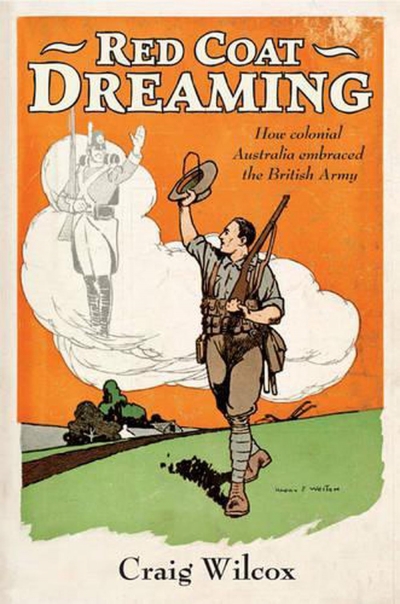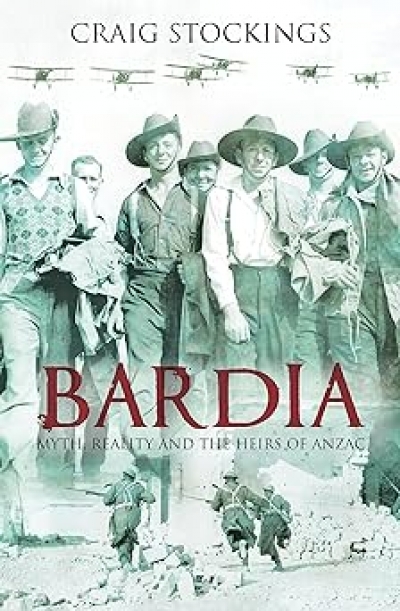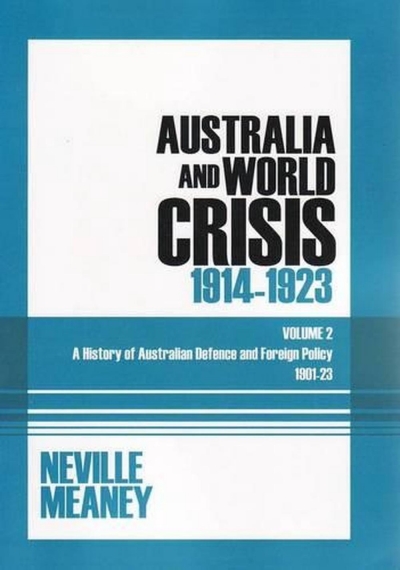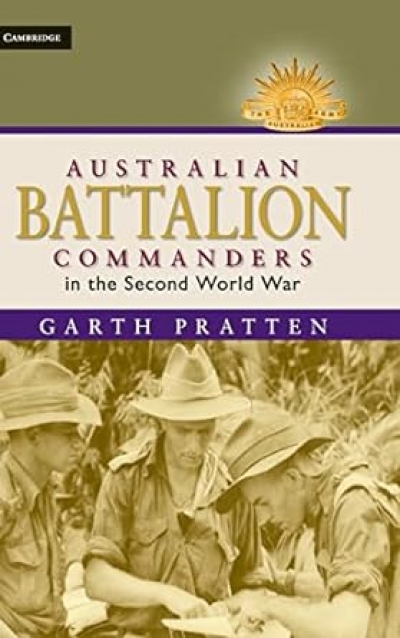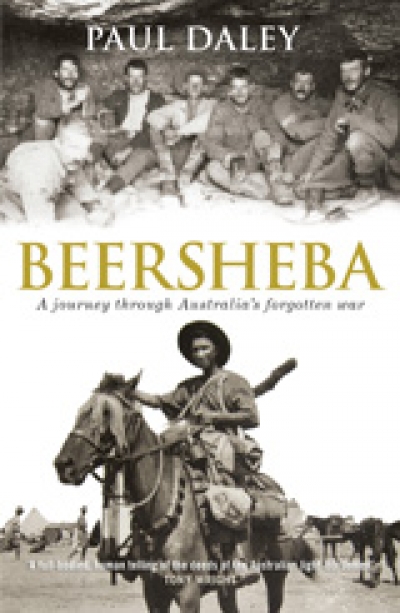Military History
Why America Fights: Patriotism and war propaganda from the Philippines to Iraq by Susan A. Brewer
by Anthony Burke •
Diggers and Greeks: The Australian campaigns in Greece and Crete by Maria Hill
by Peter Stanley •
The Broken Years: Australian soldiers in the Great War by Bill Gammage
by Peter Pierce •
Red Coat Dreaming: How Colonial Australia Embraced The British Army by Craig Wilcox
by Robin Prior •
Bardia: Myth, Reality and the Heirs of Anzac by Craig Stockings
by Karl James •
A History of Australian Defence and Foreign Policy 1901–23: Volume Two – Australia and World Crisis, 1914 – 1923 by Neville Meaney
by Hugh White •
Australian Battalion Commanders in the Second World War by Garth Pratten
by John Connor •
Beersheba: A journey through Australia’s forgotten war by Paul Daley
by Robin Prior •
Australian Peacekeeping: Sixty years in the field edited by David Horner, Peter Loney and Jean Bou
by Alex Bellamy •




